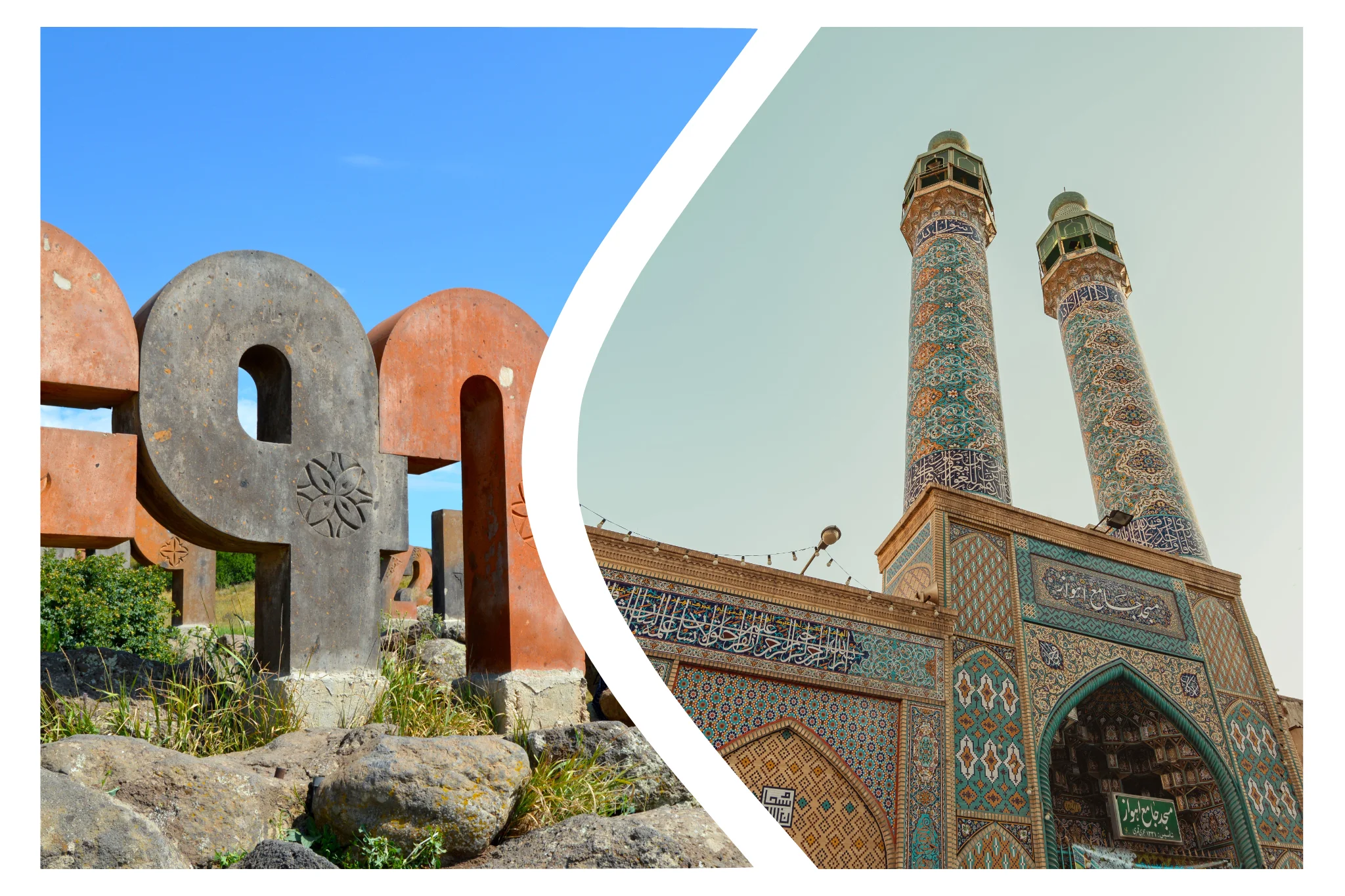The languages of Armenian and Farsi (Persian), spoken by peoples with long, intertwined histories and geographical proximity, often lead to questions about their linguistic relationship: Are they similar? While both languages share ancient roots and some vocabulary, they are distinct members of the vast Indo-European language family.
To what language families do Armenian and Farsi belong?
Both Armenian and Farsi are indeed Indo-European languages, meaning they descend from a common ancestral language, Proto-Indo-European, spoken thousands of years ago. However, within this large family, they belong to different branches:
- Armenian (Հայերեն - Hayeren): Constitutes its own independent branch of the Indo-European language family. It is not closely related to any other living language group in the same way that, for example, Romance languages (French, Spanish, Italian) are related to each other.
- Farsi (فارسی - Pārsī), or Persian: Belongs to the Iranian branch of the Indo-Iranian sub-family of Indo-European languages. Its closest relatives include languages like Tajik, Dari (spoken in Afghanistan, often considered a dialect of Persian), Kurdish, Pashto, and Ossetian.
This fundamental difference in branching means that despite a shared ancient origin, they have evolved separately for millennia.
Do Armenian and Farsi share vocabulary?
Yes, there is a notable amount of shared vocabulary between Armenian and Farsi. This is primarily due to centuries of close historical, cultural, and political interaction, especially during periods when Armenia was part of or under the strong influence of various Persian empires (Achaemenid, Parthian, Sasanian, and later Safavid).
During these periods, Armenian borrowed a significant number of loanwords from Middle and New Persian (Farsi). These loanwords are found in various domains, including administration, military, daily life, and culture. While these shared words can create a superficial sense of similarity for learners, they do not reflect a core genetic closeness in the same way as shared grammar or basic vocabulary (like pronouns or numerals) would.
How do the grammar and syntax of Armenian and Farsi differ?
The grammatical and syntactical structures of Armenian and Farsi are markedly different, highlighting their divergence:
- Armenian Grammar: Classical Armenian was, and Modern Armenian (both Eastern and Western dialects) remains, a highly inflected language. This means that nouns, pronouns, and adjectives change their form (decline) to indicate grammatical case (nominative, genitive, dative, accusative, ablative, instrumental, locative), number, and other functions. Armenian verbs also have a complex system of conjugation for tense, mood, aspect, person, and number.
- Farsi Grammar: Modern Farsi, in contrast, is considerably more analytical in its structure. It has largely lost the complex case system of Old Persian. Nouns do not have grammatical gender, and noun declension for case is minimal, often relying on prepositions or word order to indicate grammatical relationships. While Farsi verbs are conjugated, the system is generally less complex than that of Armenian.
Word order can also differ, though both languages generally follow a Subject-Object-Verb (SOV) pattern as a default, common among many Indo-Iranian and neighboring languages.
Do Armenian and Farsi use the same script (alphabet)?
No, Armenian and Farsi utilize entirely different writing systems, each with its own unique history:
- Armenian Alphabet: The Armenian language has its own distinctive alphabet, which was created around 405 AD by Saint Mesrop Mashtots. This alphabet was specifically designed to represent the unique sounds of the Armenian language and played a crucial role in the development of Armenian literature, religious texts (including the first Bible translation into Armenian), and national identity. It consists of 39 letters (originally 36).
- Perso-Arabic Script (for Farsi): Farsi (Modern Persian) is written using a modified version of the Arabic script. This script was adopted after the Islamic conquest of Persia in the 7th century AD, gradually replacing the earlier Pahlavi scripts used for Middle Persian. The Perso-Arabic script includes several additional letters to represent Persian sounds not found in Arabic. It is written from right to left.
Are there significant phonetic differences between Armenian and Farsi?
Yes, while both languages have rich sound inventories, there are significant phonetic (sound system) differences:
- Consonants: Armenian is known for its three-way distinction in many stops and affricates: voiceless unaspirated (like ‘p’ in “spin”), voiceless aspirated (like ‘p’ in “pin”), and voiced (like ‘b’ in “bin”). Furthermore, Classical Armenian and some modern dialects possess a series of ejective consonants (glottalized stops/affricates), which are not found in Farsi. Farsi has its own set of consonant distinctions, including contrasts not present in Armenian.
- Vowels: Both languages have a range of vowel sounds, but their exact qualities and distributions differ.
These differences in grammar, script, and phonetics mean that Armenian and Farsi are not mutually intelligible. A speaker of one language cannot understand the other without dedicated study, despite the presence of some shared loanwords.
